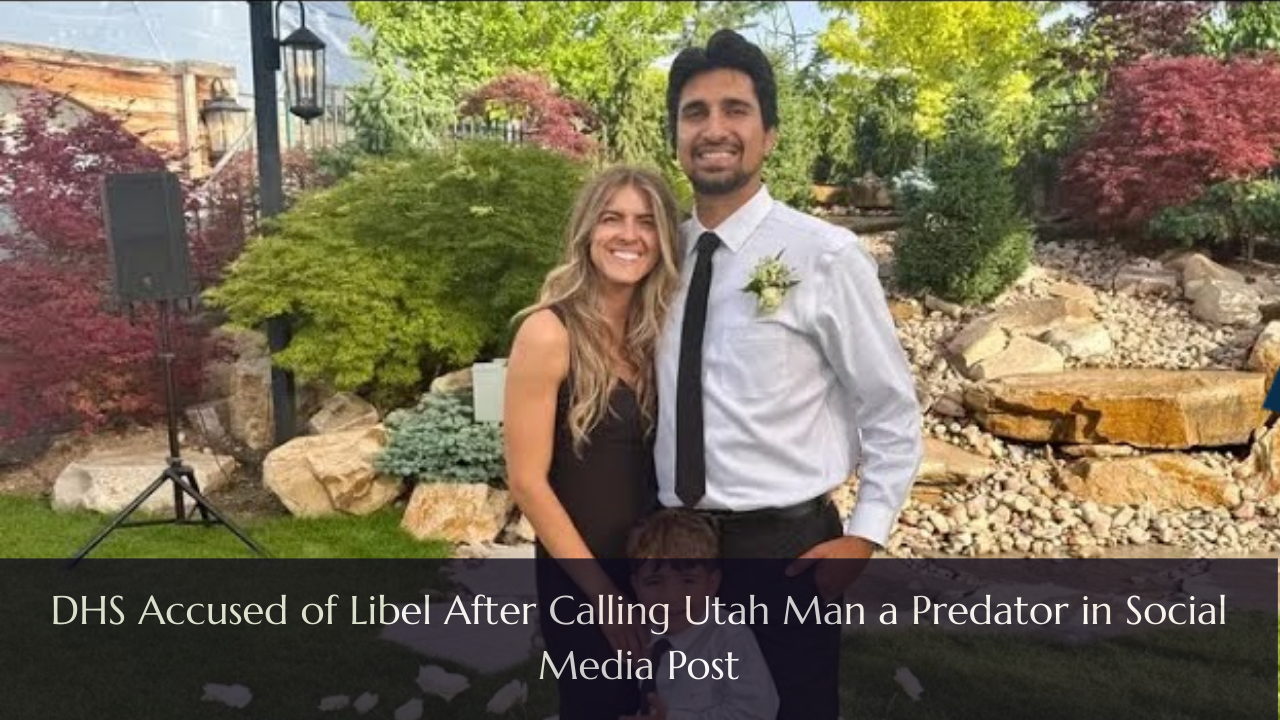Two months after the U.S. Department of Transportation (DOT) launched its new national licensing framework for older drivers, the system is beginning to take shape — bringing with it cautious optimism and a few growing pains.
Effective October 2025, the rule applies to all American drivers aged 70 and above, marking the first time the nation has adopted a unified federal standard for senior license renewals. The goal: keeping capable drivers on the road longer while ensuring safety for everyone.
A Preventive Approach to Road Safety
The new framework emphasizes regular vision screenings, reaction-time assessments, and refresher driving courses as part of the renewal process. Rather than removing licenses, officials describe the policy as a form of “preventive maintenance” — ensuring that senior drivers remain confident and capable behind the wheel.
Federal data reveals that over 48 million licensed drivers in the U.S. are 65 or older — a number expected to grow rapidly as Baby Boomers continue driving well into their later years. The National Highway Traffic Safety Administration (NHTSA) says the initiative aims to balance safety with independence, protecting skilled drivers while identifying those who may benefit from additional training or restrictions.
“We’re not punishing age,” said a DOT spokesperson. “We’re rewarding ability.”
How States Are Implementing the Rule
While the guidelines are federal, states retain flexibility in execution. That means the experience varies depending on where seniors live:
| State | Implementation Style | Reported Challenges | Senior Feedback |
|---|---|---|---|
| California | In-person testing | Appointment delays | “Getting faster” |
| New York | Mobile DMV vans | Scheduling issues | “Convenient, fair” |
| Arizona | Standard DMV exams | Appeal backlogs | “Needs flexibility” |
| Florida | Telehealth vision testing | Tech confusion | “Helpful for rural areas” |
In New York, seniors have embraced mobile DMV vans that visit senior centers to conduct tests on-site. In contrast, states like Arizona are seeing an increase in appeals as seniors contest failed assessments.
A recent federal progress memo found that 83% of seniors passed renewal testing on the first try, 11% received restricted licenses (such as daylight-only driving), and fewer than 3% lost their licenses entirely.
“That’s exactly the balance we were aiming for,” Transportation Secretary Pete Buttigieg said during a recent press briefing. “We want to keep safe drivers behind the wheel — and give others secure alternatives.”
Seniors’ Experiences: From Anxiety to Acceptance
Early reactions from older drivers are mixed but increasingly positive. Many say the tests offer reassurance rather than embarrassment.
“I was nervous,” said Mary Thompson, 82, from Ohio. “But once I passed, I felt proud — like I’d proven something to myself. My kids worry less now.”
Still, seniors in rural areas face more challenges, citing long travel distances to DMV locations and limited appointment availability. Advocacy groups such as AARP are pushing for expanded telehealth options and more mobile testing programs to ensure accessibility.
The Reporting System: A Balancing Act
Perhaps the most debated aspect of the new law is its reporting mechanism, which allows doctors, family members, or law enforcement to refer potentially unsafe drivers for evaluation.
Civil liberties groups initially feared misuse, but early data shows most reports are filed responsibly — largely by medical professionals citing health or cognitive concerns. “We need to prevent abuse while recognizing that medical insight saves lives,” said an AARP policy representative.
Restricted Licenses Offer a Middle Ground
For some seniors, restricted licenses are emerging as a practical solution. These permits may limit driving to daylight hours or local areas, allowing independence without compromising safety.
“I don’t drive at night anymore anyway,” said George Lopez, 79, from New Mexico. “This way, I still have freedom but less risk.”
Insurance companies are quietly welcoming the change, noting fewer claims from older drivers since the law took effect.
Transportation and Independence
The DOT is tracking an interesting ripple effect: more seniors using Uber, Lyft, and local paratransit services. Cities like Chicago, Denver, and Phoenix have expanded senior ride-share discounts to complement the new rules.
However, rural communities remain vulnerable to transportation gaps. “Mobility equals independence,” said Dr. Helen Park, a gerontology expert at the University of Michigan. “Safety programs must evolve without isolating seniors.”
What Comes Next
The DOT plans a full review of the new system in March 2026, analyzing safety data, appeals outcomes, and test accuracy. Based on results, officials may adjust testing intervals or expand remote options nationwide.
For now, most experts agree the reform strikes a promising balance: fewer accidents, more confidence among senior drivers, and growing public trust in how age and ability are evaluated.
As Secretary Buttigieg put it, “We’re learning as we go. The mission is simple — safer roads and dignity for every driver.”
FAQs
Is the new senior driving law nationwide?
Yes. All states follow the DOT’s framework, though testing methods may differ.
Can license renewals happen via telehealth?
In some states, yes — particularly for vision exams. Others still require in-person visits.
What if a driver fails a reaction-time test?
They may receive a restricted license or the opportunity to retest. Appeals are handled at the state level.
Are reports of unsafe drivers confidential?
Yes. Reports from doctors or family members remain protected under federal privacy regulations.



